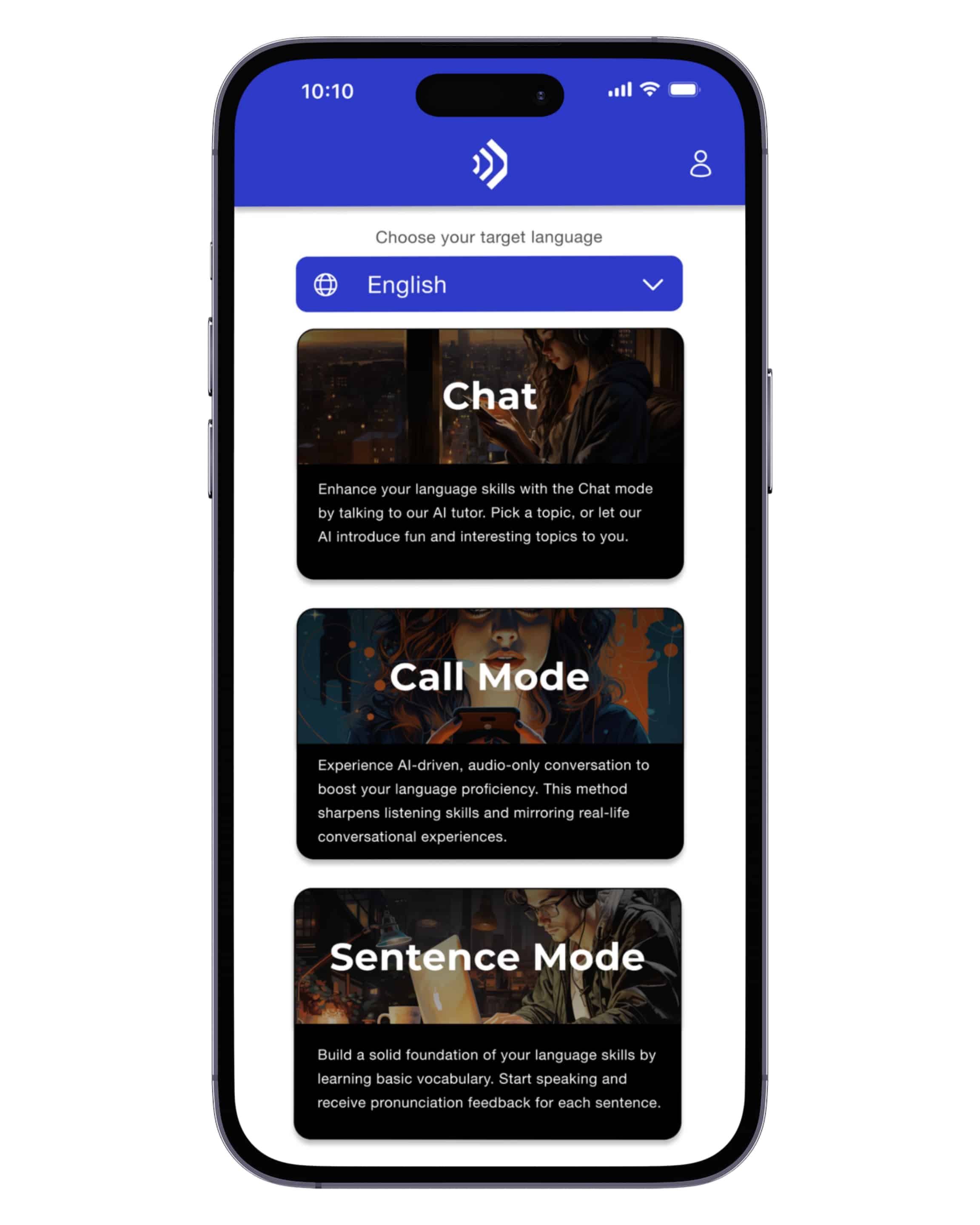Pick a language and start learning!
Descriptive adjectives vs. quantitative adjectives Grammar Exercises for Serbian Language

In the Serbian language, mastering the use of descriptive and quantitative adjectives is crucial for effective communication. Descriptive adjectives, known as "opisni pridevi," provide detailed information about a noun, enhancing the imagery and specificity of sentences. For instance, when describing a "beautiful house" (lepa kuća) or a "tall tree" (visoko drvo), the adjectives "lepa" and "visoko" add vividness and clarity to the nouns they modify. Understanding how to correctly place and agree these adjectives with the nouns they describe, in terms of gender, number, and case, is essential for conveying precise meanings.
On the other hand, quantitative adjectives, or "brojčani pridevi," specify the amount or quantity of the noun, such as "three books" (tri knjige) or "several apples" (nekoliko jabuka). These adjectives play a key role in providing context and detail, especially in situations requiring numerical or indefinite quantification. Quantitative adjectives need to be used correctly to maintain the grammatical coherence of the sentence, particularly in terms of case alignment with the nouns they quantify. By practicing the distinctions and proper uses of both descriptive and quantitative adjectives, learners can significantly enhance their fluency and accuracy in Serbian.
Exercise 1
<p>1. U parku sam video *(mnoge)* ptice (quantitative adjective).</p>
<p>2. Ona ima *(lepu)* haljinu (descriptive adjective).</p>
<p>3. Na stolu je bilo *(pet)* jabuka (quantitative adjective).</p>
<p>4. Kupili smo *(novu)* kuću (descriptive adjective).</p>
<p>5. U razredu ima *(trideset)* učenika (quantitative adjective).</p>
<p>6. Proveli smo dan u *(prelepom)* parku (descriptive adjective).</p>
<p>7. On ima *(dva)* brata (quantitative adjective).</p>
<p>8. Juče smo videli *(velikog)* psa (descriptive adjective).</p>
<p>9. U frižideru je bilo *(puno)* hrane (quantitative adjective).</p>
<p>10. Ona nosi *(crvenu)* kapu (descriptive adjective).</p>
Exercise 2
<p>1. Ona je kupila *pet* jabuka (number of apples).</p>
<p>2. On je izabrao *plavu* košulju (color of the shirt).</p>
<p>3. Marija ima *tri* brata (number of brothers).</p>
<p>4. Njihova kuća je *velika* (size of the house).</p>
<p>5. Na stolu je *mnogo* knjiga (quantity of books on the table).</p>
<p>6. U parku je *malo* ljudi (number of people in the park).</p>
<p>7. Oni su kupili *novi* auto (condition of the car).</p>
<p>8. Na polici stoji *stara* knjiga (age of the book).</p>
<p>9. Na rođendanu je bilo *deset* dece (number of children at the party).</p>
<p>10. Njeno dvorište je *prostrano* (size of the yard).</p>
Exercise 3
<p>1. Ona ima *tri* knjige (number).</p>
<p>2. Ivan je video *lepu* pticu (descriptive adjective).</p>
<p>3. Na stolu su *dva* tanjira (number).</p>
<p>4. Danas je *sunčano* vreme (descriptive adjective).</p>
<p>5. U parku su *četiri* klupe (number).</p>
<p>6. Ona nosi *crvenu* haljinu (descriptive adjective).</p>
<p>7. Kupio je *pet* jabuka (number).</p>
<p>8. To je *veliki* pas (descriptive adjective).</p>
<p>9. Na stolu su *tri* olovke (number).</p>
<p>10. Njena soba je *čista* (descriptive adjective).</p>






